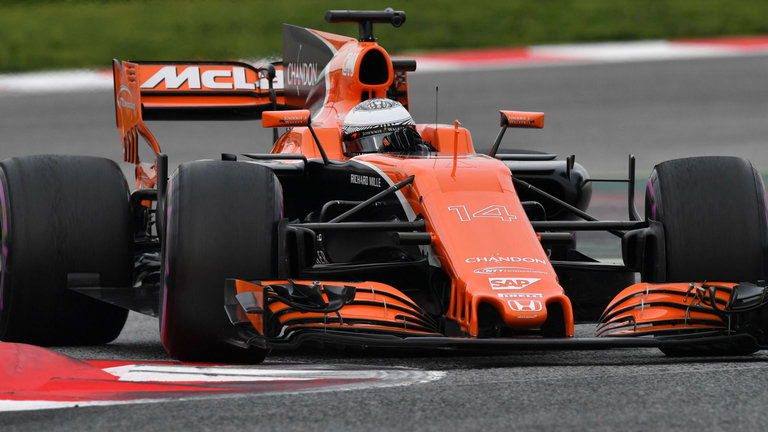

Watch What’s Trending Now!
ADVERTISEMENT
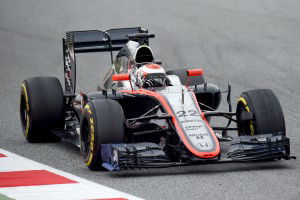
Imago
The MP4-30 has seen better days, as have Alonso and Button
1. 2015
Although their first partnership brought wins, titles and dominance, “Phase II” of McLaren/Honda relationship started on a bad note. No one could ever conceive that the Japanese giant was incapable of developing a strong power unit. Honda had the entire 2014 season to study their rivals and look for solutions. But the 2015 season proved to be a disaster in terms of performance and results. The Japanese were not good enough to develop the hybrid. Even the integration with the tight dimensions MP4/30 was a mess. To make matters worse, Fernando Alonso had a mysterious crash during the Barcelona test. This limited his ability to contribute any useful data. But neither Alonso, nor Jenson Button could do much to savage a forgettable season. Only 29 points, 12 DNFs and ninth place in the Constructors championship, ahead only of Manor says it all. The token system limited what could be done to return to winning ways. The budget reduction due to the drop in prize money didn’t help either. The ninth place among Constructors the year before meant at least US$ 100 million less than a normal season.With a more conservative approach – chassis and engine-wise – it was possible to climb the ladder, but reliability was again scarce. To make matters worst, it became clear that Ron Dennis had lost control of the team. Soon, a political skirmish started and it didn’t help on track progress.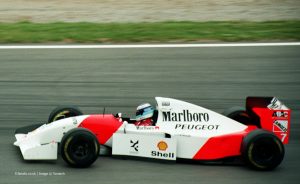
Imago
McLaren’s partnership with Peugeot was undoubtedly a big mistake
2. 1994
The loss of Ayrton Senna, who had decided to try his luck at Williams, was a factor in their undoing. The absence of a true leader on track also hurt them. Mika Hakkinen was still a hot prospect and Martin Brundle hadn’t had the results his talent deserved until then. They had no decent engine supplier options because Honda was long gone and Renault was not an option. The Peugeot V10 was the only logical choice, but not one that could bring miracles. The team had 0 podiums and 16 DNFs to its tally. Hakkinen and Brundle did what they could, ending the season on the fourth and seventh places.
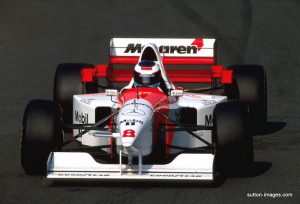
Imago
Mika Hakkinen (FIN) McLaren Mercedes MP4/10.
French Grand Prix, Magny-Cours, France, 2 July 1995.
DIGITAL IMAGE
3. 1995
In the wake of serious crashes the year before and the deaths of Ayrton Senna and Roland Ratzenberger. Formula One adopted a much more serious approach in terms of driver safety. It wasn’t the case of adapt the old cars, but start from scratch. In the case of McLaren, it was even more urgent as the Peugeot engine was replaced by the Mercedes-Benz unit. It was a partnership that would deliver so much in the future. The other great news was the drafting of Nigel Mansell who was convinced to return full time to F1. Neil Oatley’s design didn’t help their cause either. The 1992 world champion added more weight on the balance and couldn’t feel comfortable on the cockpit. Mark Blundell was called to substitute in Brazil and Argentina and the car was modified. But two GPs (San Marino and Spain) were enough for Mansell’s patience and he decided to quit. In the other car was the promising Mika Hakkinen who plagued by the unreliability of the McLaren Mercedes combination. Blundell still had a decent season considering the circumstances. But fourth place on the Constructors was way more than the team deserved that year.
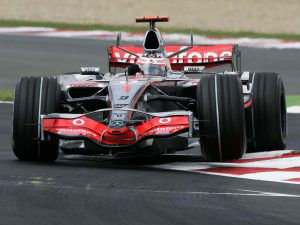
Imago
2007 was almost a dream year for Hamilton, if it weren’t for ‘Spygate’
4. 2007
It was the year in which, rookie Lewis Hamilton and his experienced teammate Fernando Alonso fought for the crown until the very end. They lost the title to Ferrari’s Kimi Räikkönen. But what completely ruined the team’s season wasn’t Hamilton’s performance, it was much more complicated than that. If it wasn’t for a F1 fan in England who became curious with some photocopies in his paper shop and world maybe wouldn’t know that the British team had placed moles among their biggest rivals of the time – Ferrari. The Maranello armada (still with some Ross Brawn input) had developed a very efficient car to the grooved tyres and in accordance with the rules. Nigel Stepney, who worked closely with Michael Schumacher and expected to have a bigger role on the Italian team hierarchy, turned out to be the man who leaked the data to Woking. An email exchange between test driver Pedro de La Rosa and Alonso confirmed this. Designer Mike Coughlan was the one that benefitted of the confidential information. Firstly the FIA decided that there was no further evidence of the theft. But the case soon ended up in the Court of Appeal. New elements appeared to confirm the irregular behaviour. Hamilton and Alonso were allowed to retain their points since they were not directly involved in the case. The team lost their points and fined a record US$ 100 million.
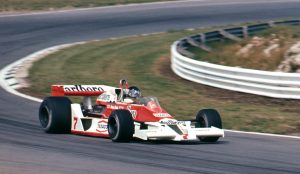
Imago
After 1976, everything started to fall apart for McLaren
5. 1978
A declining James Hunt and Patrick Tambay cannot be called an outstanding team. Both were very good drivers and the former even had a title. However, it was not enough. After the golden year of 1976, things were starting to fall apart for the team. That was the year in which Colin Chapman’s creativity stunned the circus, and not all rivals were ready to respond to the winged car concept. The respected Gordon Coppuck conceived the M26 and it already had a season under its belt and a troubled birth. While Mario Andretti stormed to his only title with the black Lotus, the designer was on the drawing board trying to recover ground, literally. He did what he could to turn his machine into a partial ground-effect car, but the team scored only 15 points and ended the year in eighth place on the Constructors table. Hunt managed to put the car on the podium on home soil, but unreliability and poor overall performance didn’t help.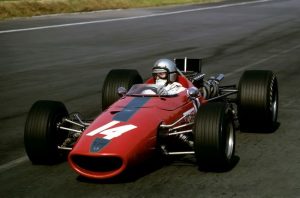
Imago
McLaren founder Bruce did not have a smooth season
6. 1967
McLaren founder Bruce McLaren hadn’t chosen the easiest option by deciding to have his own team on Formula 1, and that showed at the start. Aside from their debut in 1966, they were troubled the following year as well. Bruce came up with the M4B (which was born as a F-2 model), and also the new M5A. Robin Herd came up with the design that had on it the V12 3.0 BRM. The car made its first showing at the Canadian GP but, just like it’s predecessor, it didn’t have a good reliability record, finishing only once. Since the team creator and owner decided to race alone, one only point and P8 on the constructors championship were the modest stats on that very year. Things, however, would turn for the better soon.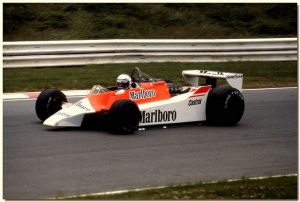
7. 1980
Several factor came into play for McLaren, the merger with the Ron Dennis Project Four team, John Barnard emerging as a top-class designer and the carbon fibre monocoque were all just around the corner. But for 1980 season, it was all about trying to do the best with few resources with the ill-conceived M29B and C versions. The cars couldn’t match the ground effect of their rivals. Gordon Coppuck still developed an M30. Promising French youngster Alain Prost tried and tested it thoroughly. He scored points four times during the season. John Watson was the leading driver, but could do only a bit better than Prost, scoring only one more point that his younger teammate. Spending money to try and save an already complicated season was the wrong thing to do, so it was a question of enduring difficult times, as the ninth place on the Constructors table reflected. Things would certainly get better from then on.ADVERTISEMENT
ADVERTISEMENT
ADVERTISEMENT
ADVERTISEMENT

